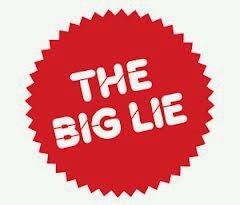“Really? I hate the bike.” “I hate how hard my legs have to work. I don’t want to get big legs” I hear these things on a regular basis when I put my clients on a recumbent bike. I thought that today I would write about how great it is for you and why you should work on the bike.
1st is that it really works! The recumbent bike is built for exercising. The bike has a bucket/chair for you to sit in. The design allows you to sit in a reclining position while pedaling with your feet thrust forward. The reclining feature that comfortably supports the backbone and distributes body weight evenly rather than concentrating it on the pelvic area. Generally, these bikes reduce the amount of stress on body parts when exercising.
Basically the bike provides a great aerobic workout and helps build strength (not bulk) in your thighs, calves, abdominal and back muscles. Even though at the time it doesn’t seem like you are burning tons of calories keep in mind that workouts on the bike also increase the rate of heartbeat hence burning the extra calories in the body at a faster rate. You also don’t have to use a lot of equipment to work your body! This is because the bike can work out various body parts effectively at the same time and you lower impact levels on your ligaments and joints as compared to other pieces of equipment used to exercise the body like the treadmill.





